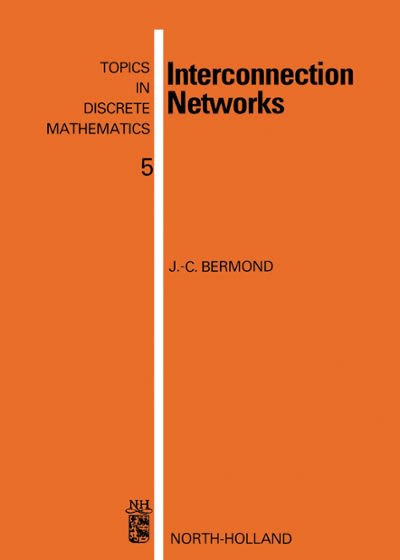
EBM1 Exercise6_MeasureAssociation - pexKNM COBMeCTNMOCTN InaBHag BCTABKa PNCOBaHNe KOHCTPYKTOP MakeT Ccbinky Paccbinku PeyeH3upoBaHue BuA >> PacckaxuTe nogenuTbCA npuMeyaHug Aria v 10 A" A Aa Ap EVEVEVE AL Aab6Bel2/10 Aa56BBfr, Aa56BBrr, AaBOBBIrI. BCTaBUTb X K 4 v ab X2 X|A v D v A v BbleneHue 3aronoBOK 3aronoBOK 1 Ha3BaHue 06... aHenb ANKTOBATb noMeTKa cTunen EBM 1 Exercise 6 Wynder and Graham (1) studied 684 cases of microscopically confirmed bronchogenic carcinoma (lung cancer); these included 605 male and 25 female patients with epidermoid, undifferentiated and unclassified carcinomas and 39 male and 15 female patients with adenocarcinoma. (These are different kinds of lung cancer with microscopic evaluation). A standard questionnaire form was used which included questions on history of other lung disease smoking, occupation, exposure to dusts and fumes, alcohol intake, residence, education, and cause of death of parents and siblings. Personal interviews were obtained in 634 cases, a mailed questionnaire was used in 33 cases, and the information was obtained in 17 cases from a person who had known the patient intimately throughout his/her adult life. The physician authors of the report apparently conducted these interviews In addition, two nonmedical investigators interviewed 780 male and 552 female patients without cancer of the lung on the general surgical and medical services at three hospitals in St. Louis: Barnes Hospital, Jefferson Barracks Veterans Hospital, and St. Louis City Hospital. Table 1 shows the age-adjusted data on smoking habits for the 605 male lung cancer patients and the 780 male controls. The data are age-adjusted based on the age distribution of the male lung cancer patients. Table 1: AGE-ADJUSTED DATA ON SMOKING HABITS IN MALE LUNG CANCER PATIENTS AND CONTROLS Percentage Distribution Amount of Cigarette ung Cancer Lung Cancer Smoking for 20+ Years Patients Controls None (less that 1 per day) 1.3 14.6 Light (1-9 per day) 23 11.5 Moderately Heavy (10-15 per day) 10.1 19.0 Heavy (16-20 per day) 35.2 35.6 Excessive (21-34 per day) 30.9 11.5 Chain (35+ per day) 20.3 7.6 Pipe and cigar smokers were included by counting one cigar as five cigarettes and one pipe as two and one-half cigarettes. Among the lung cancer patients, 4% were pipe smokers (controls, 12.4%) and 3.5% were cigar smokers (controls, 7.8%) Question : Convert the percentages into numbers and pretend that data are not age-adjusted. Compared to the non-smokers, what are the odds ratios for each smoking category? Case Control Light Smoker Non-Smoker Total Odds Ratio = CTpaHNya 1 3 7 no3nung: 9,7cM YNcno cnoB: 1476 X aHrnunckun (CLA) PoKycupOBKa E + 82%EBM1 Exercise6_MeasureAssociation - pexKNM COBMeCTNMOCTN MOYTA cenac InaBHag BCTABKa PNCOBaHNe KOHCTPYKTOP MakeT CcbinKN Paccbinku PeleH3upoBaHue BuA >> PacckaxuTe Course Hero Action required before you can get help from tutors Aria v 10 A A Aa Ap Aab6Bel2/10 Aa56BBfr, AaE Please update your question, so tutors can help you. BCTaBUTb X K 4 v ab X2 X|A v D v A v BblgeneHue 3aronoBOK 3ard CTunen Case Control Moderate Smoker Non-Smoker Total Odds Ratio = Case Control Heavy Smoker Non-Smoker Total Odds Ratio = Case Control Excessive Smoker Non-Smoker Total Odds Ratio = Case Control Chain Smoker Non-Smoker Total Odds Ratio = Question 3: Would you conclude from these data that an association exists between smoking and lung cancer? Why or why not? CTpaHNya 2 N3 7 4ncno cnoB: 1476 X aHrnunckun (CLA) PoKycupOBKa + 82%









